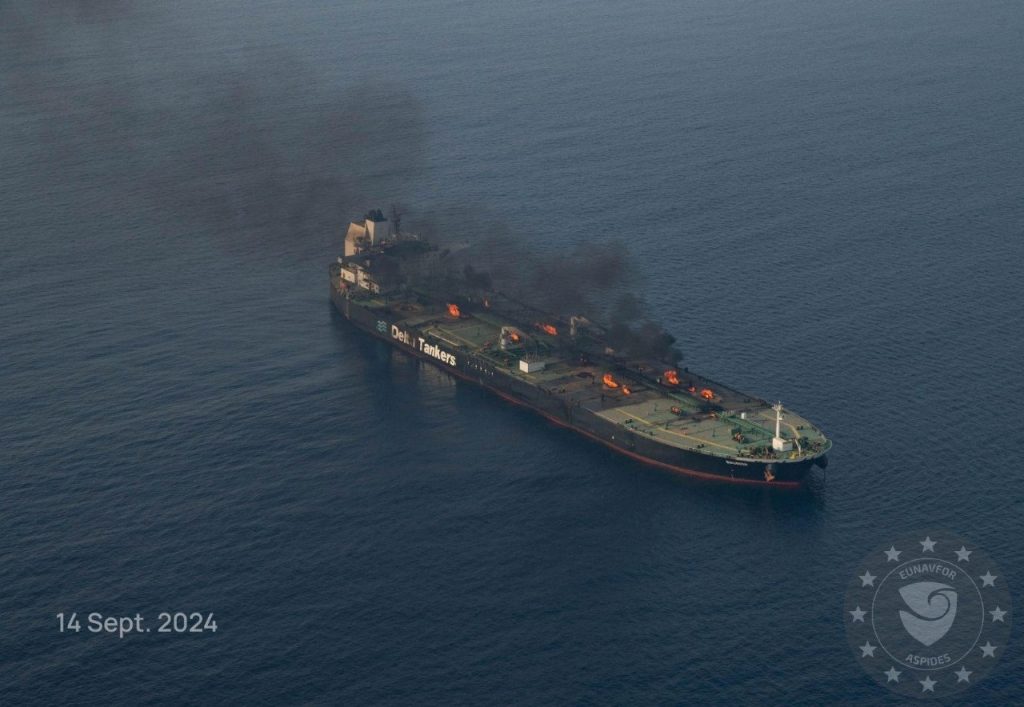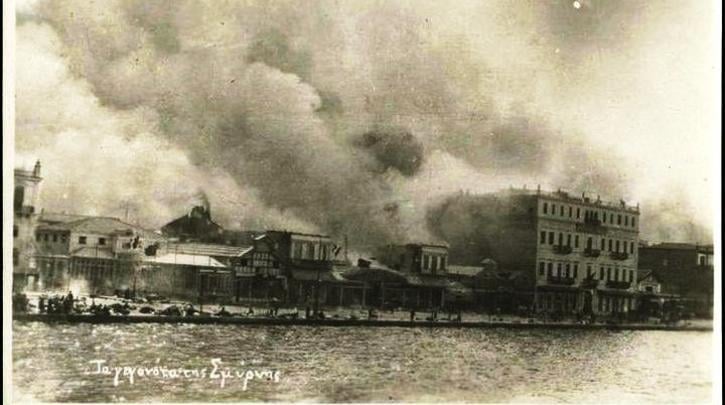On the occasion of the somber 102nd anniversary of the Smyrna Catastrophe, it is time for history to recognize the role played by a Japanese ship in the rescue of Greek refugees from Asia Minor.
The backdrop for this event is post-World War I Smyrna (modern-day Izmir, Turkey), an ancient Aegean port city in western Asia Minor with deep Greek roots.
In the aftermath of the war, the Ottoman Empire was carved up, prompting Greece and its allies to move swiftly to claim territory. Turkey eventually won its independence, a victory that came at a heavy price—forcing long-established non-Turkish ethnic communities to leave their ancestral lands.
On the night of September 13, 1922, following the retreat of the Greek army, the Turks allegedly set fire to the residential district, forcing the inhabitants to swarm to the port to escape. Many jumped into the sea, from sheer panic in hope of saving their lives.
As the fire swept across the city, the Greek population, which at the time were estimated at about 600,000, instantly became refugees, many of whom lost their lives.
At the time of the fire, some Allied warships were in the harbor, along with countless other merchant ships, with most of them refusing to collect refugees. However, a Japanese freighter was reported to have unloaded all its cargo to take on as many refugees as it could, transporting them to the Greek mainland.
According to a New York Times article of Sept. 18, 1922, out of the six steamers at Smyrna port- one American, one Japanese, two French and two Italian- only the American and Japanese steamers accepted all comers without examining their papers, while others took only foreign subjects with a passport.
The American consul general in Smyrna confirmed the account on the same day, reporting to the U.S. Secretary of State that passengers aboard the Japanese ship praised the kindness and bravery of its officers and crew.
This sentiment was later reflected in articles published by The Atlanta Constitution and The Boston Globe.
Greek newspaper Empros also covered the incident, related to the Smyrna Catastrophe, running the headline, “Massacre in Smyrna: Japanese Act Bravely.” The article highlighted the actions of the captain of the Tokei-maru, who, despite threats from Turkish forces, managed to rescue 825 Greek refugees.
After deploying all the ship’s small boats, Turkish soldiers surrounded them, threatening to sink the vessels. However the Japanese captain stood firm, warning that any harm to the refugees would be considered an attack on the Japanese flag and government.
Nanako Murata Sawayanagi, a professor at Toyo University who has extensively studied the incident, emphasizes that the repetition of the story by reputable media outlets and diplomatic sources lends credibility to its plausibility.
However, she acknowledges that due to the chaos of war, inconsistencies exist in the reports regarding dates and the number of ships involved, making it difficult to establish any one version of the rescue by the Japanese ship as a definitive historical fact.
Sawayanagi underscores that saving human lives should transcend nationality, though she notes that maintaining such ideals is challenging in the face of certain historical circumstances. It is precisely because someone acted courageously in such a difficult situation, she argues, that this story continues to be discussed today.
During her ongoing research, she has received numerous personal accounts from people whose relatives were rescued, further underscoring the lasting impact of the event.




